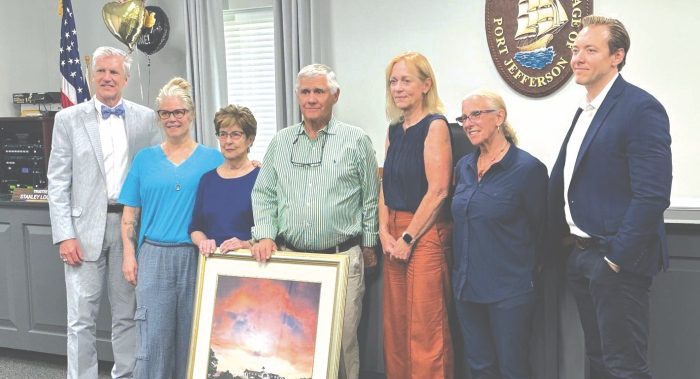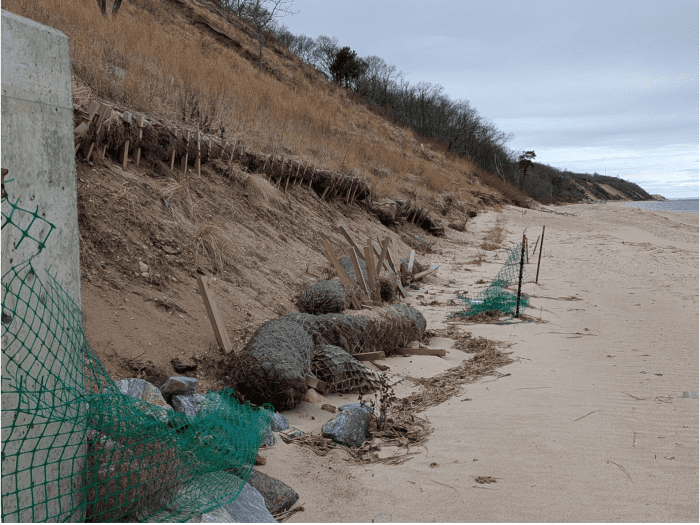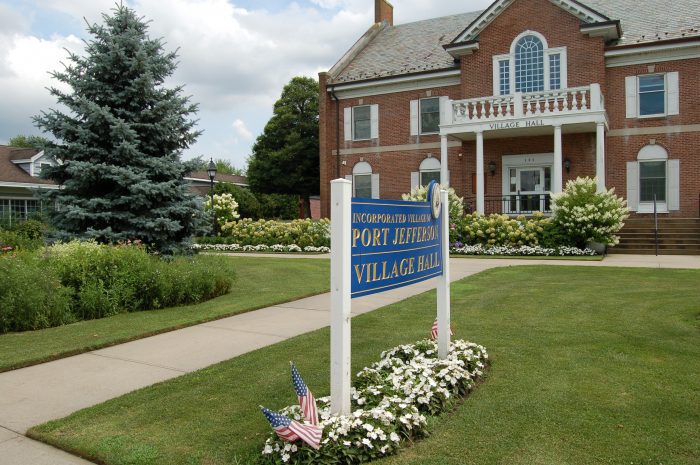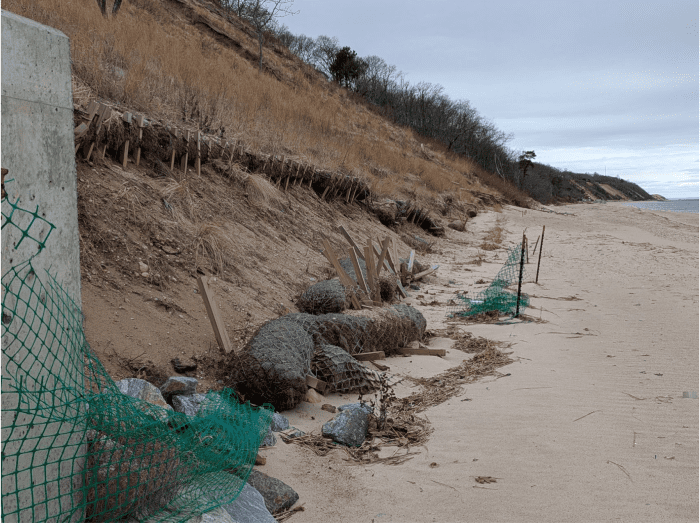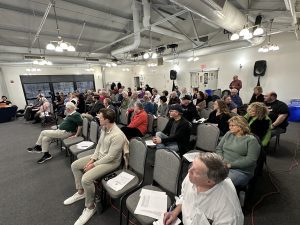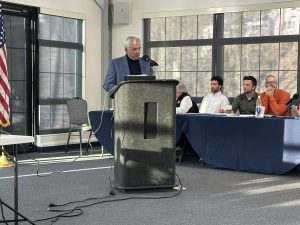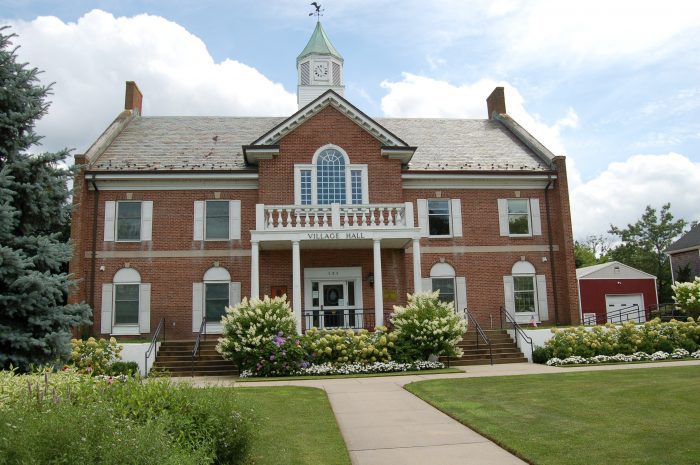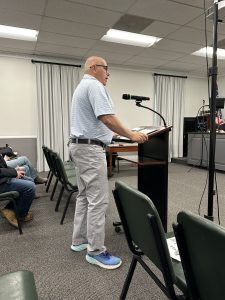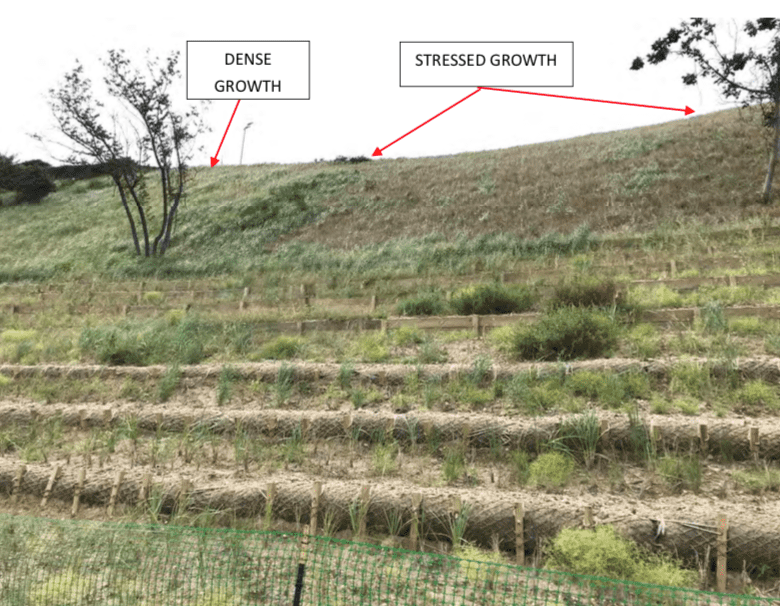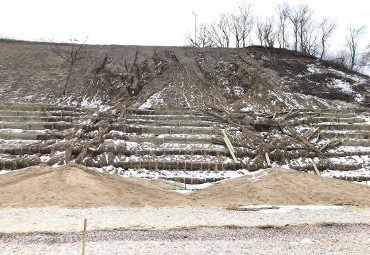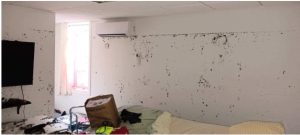By Lynn Hallarman
The Port Jefferson Board of Trustees passed several environmentally focused resolutions at its June 25 meeting, ranging from a ban on single-use plastics at the Village Center to a letter urging the governor to support the modernization of MTA rail infrastructure.
E-bike concerns
The meeting began with a report from Suffolk County Police Officer Casey Berry of the 6th Precinct, who addressed ongoing frustrations surrounding e-bike safety and the limited enforcement tools currently available. Berry cited an increase in unsafe riding by minors and pointed to a tangle of state laws that restrict what local police can do.
“Our hands are tied in so many ways. We’re trying to ask ourselves, what can we do?” she said.
This reporter spoke with several locals who are concerned about minors racing around the village without helmets, traveling the wrong way on one-way streets or failing to yield to pedestrians. New York State law requires minors to wear a helmet while riding.
“I shared our concerns with Assemblywoman Rebecca Kassay (D) to help us regarding state legislation regulating e-bikes,” said Trustee Kyle Hill, liaison to the safety committee.
Low flying helicopters
Resident Barbara Sabatino voiced concerns about helicopters flying low during takeoff and landing at the Northwell Health’s Skyhealth Heliport at Mather Hospital.
Sabatino described several incidences when the helicopters flew low over trees. The noise was so loud, in one instance, she had to pause a conversation with a neighbor.
“I would like to remind Mather that their helicopter service sits right in the middle of a residential area,” Sabatino said.
Local aviation expert Robert Grotell explained in a phone interview that weather is often the reason for deviations from standard flight procedures.
“It’s not just rain— it could be wind, fog or low cloud cover,” he said.
“We will be in touch with Mather Hospital’s Community Relations Office to convey your observations,” Mayor Lauren Sheprow said.
Single-use plastics

The trustees approved a resolution banning single-use plastic cutlery at rented events held at the Port Jefferson Village Center. The decision received cheers from environmental advocates, Myrna Gordon and Holly Fils-Amie, who led a two-year campaign for sustainable practices at municipal venues.
‘Holly, I appreciate the kind of research that you did to make the business case. Thank you,” said Trustee Xena Urgrinsky, liaison to the village finance committee.
Fils-Amie also highlighted the Port Jefferson EcoLeague’s BYOC (Bring Your Own Container) initiative, which promotes reusable containers at local eateries. BYOC stickers identify establishments that have agreed to fill patron’s own container rather than use single-use plastics. According to Fills Amie, village participating businesses— Southdown Coffee, Locals Café, Tiger Lilly Café, and the Secret Garden Tea Room & Gift shoppe display stickers in their windows.
“I think it’s a very good starting point for moving toward other green initiatives and marketing ourselves as a green community,” Fils-Amie said.
Walkability efforts
Myrna Gordon announced that Cynthia Brown, the Director of New York Coalition for Transportation Safety, will speak at the July 14 Port Jeff Civic Association meeting.
Walkability is increasingly a key factor in evaluating livability in U.S. communities. While Port Jefferson does not have an official walkability score, USA Today recently ranked New York City tenth nationwide, with Philadelphia taking the top spot.
“When you are using the crosswalks, make eye contact with the drivers, or wave to the drivers. If they don’t look like they see you, don’t cross,” Gordon advised.
LIRR electrification support
Trustees passed a resolution to send a letter from the board urging Governor Kathy Hochul to sign New York State Assembly Bill A08560A, also known as the “Furthering Rail Transit in Suffolk Count Act.”
The bill, sponsored by Assemblywoman and former village trustee Rebecca Kassay, asks the state Department of Transportation to finalize a permanent access and construction easement for a 40-acre parcel at the Lawrence Aviation Industries Superfund site. The parcel would house a new rail yard essential for electrifying the Port Jefferson LIRR Branch. Trains would be shifted off of diesel fuel, eliminating unhealthy locomotive fumes.
The legislation mandates that the land deal be completed before a firm deadline of June 30, 2025 at a nominal cost of $10 to the MTA.
“This legislation is important because it’s the linchpin to the MTA actually committing to electrifying the Port Jeff Rail,” trustee Hill said. “You can see the exhaust coming out of the current diesel trains.”
The bill grants a permanent access and construction easement on property currently used for the Greenway Bicycle and Pedestrian Trail.
“A small section of the Greenway trail will be rerouted just to the south. I wouldn’t support this legislation if it threatened our Greenway trail,” Kassay told TBR News Media.
The Board of Trustees will hold an organizational meeting July 9 at 5 p.m. on the second floor of Village Hall.

